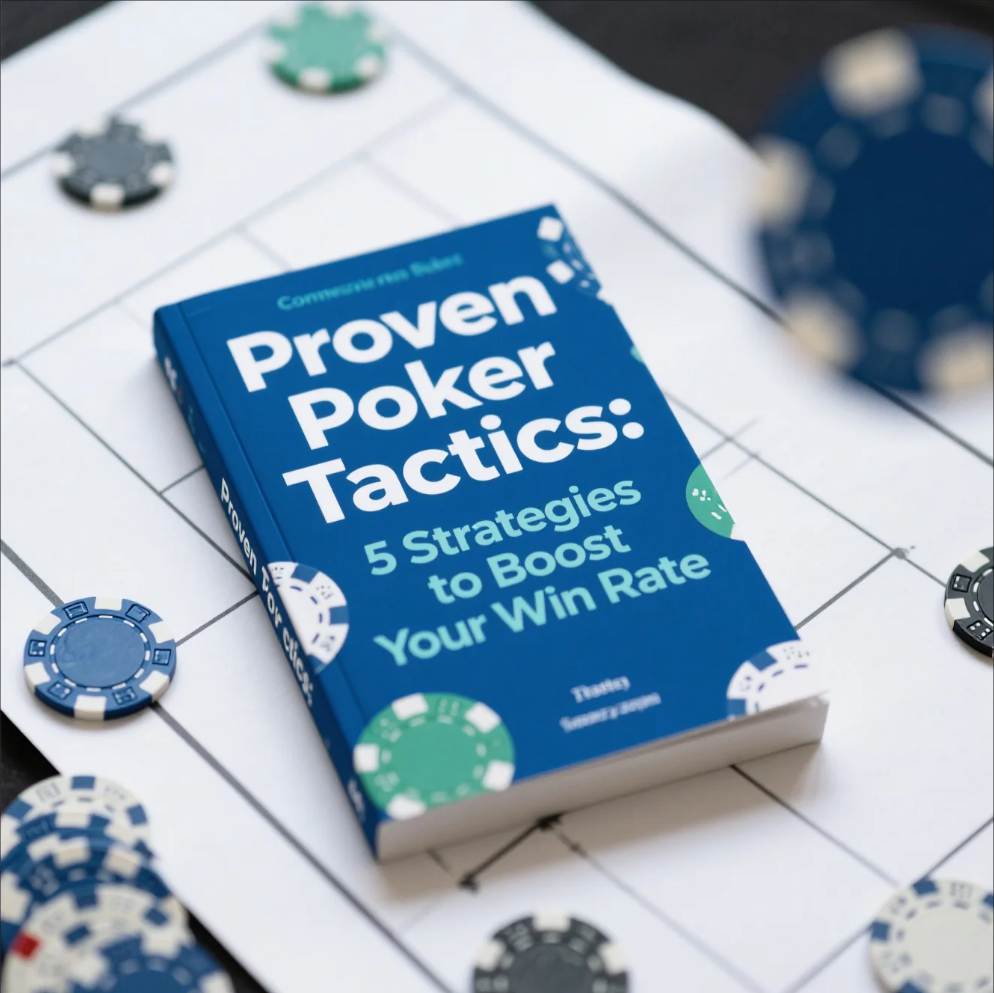Why Table Position Can Make or Break Your Poker Game
In poker, skill isn’t just about the cards you’re dealt—it’s also about where you sit. Table position is one of the most overlooked yet influential factors in winning consistently. Understanding position can drastically improve decision-making, bluffing opportunities, and overall strategy.
Early Position: The Pressure Point
Sitting in early position means you act first after the blinds. While it allows you to see how others react to bets in later streets, it also comes with pressure: you have less information about opponents’ hands, making cautious and selective play essential.
Middle Position: Balanced Opportunities
Middle position offers a balance between early and late positions. You gain some insight into other players’ strategies while maintaining enough freedom to make strategic moves. This position is ideal for value bets and selective bluffs.
Late Position: The Power Seat
Late position, especially the dealer or cutoff seat, is often called the most advantageous spot at the table. Acting last gives you the most information about opponents’ intentions, allowing for aggressive strategies, well-timed bluffs, and better control over pot size.
Positional Strategy Tips
- Adjust starting hands: Play tighter in early position and expand in late position.
- Observe opponents: Use early positions to gather information for later decisions.
- Leverage aggression: Take advantage of late position to pressure opponents into mistakes.
- Manage bankroll risk: Avoid large bets from early positions without strong hands.
Final Thoughts
Table position is more than just a seating choice—it’s a strategic tool that can make or break your poker game. By understanding how early, middle, and late positions influence your decisions, you can maximize your edge, minimize risks, and increase your chances of winning over the long run.









